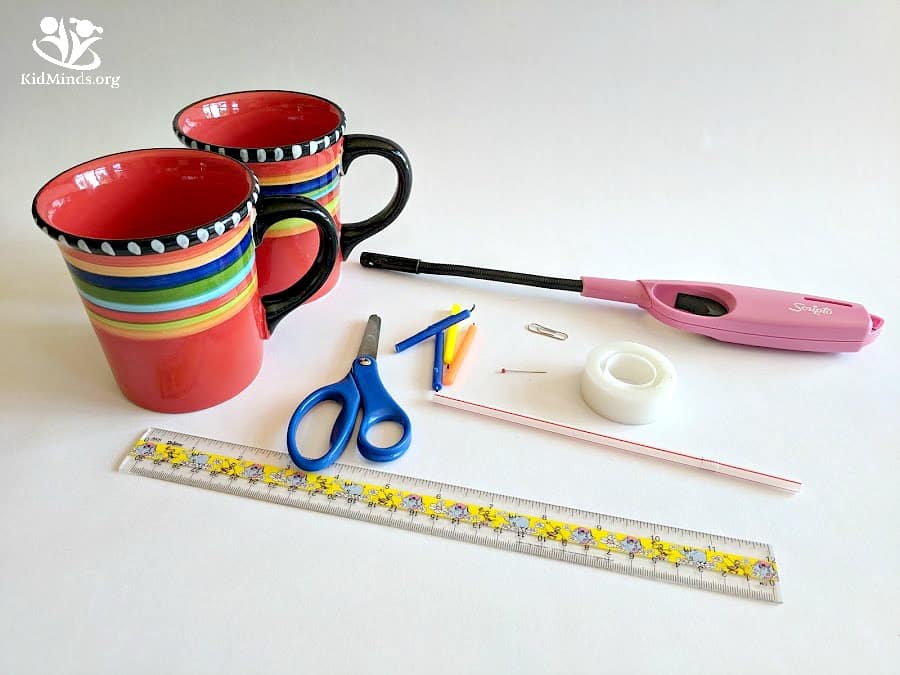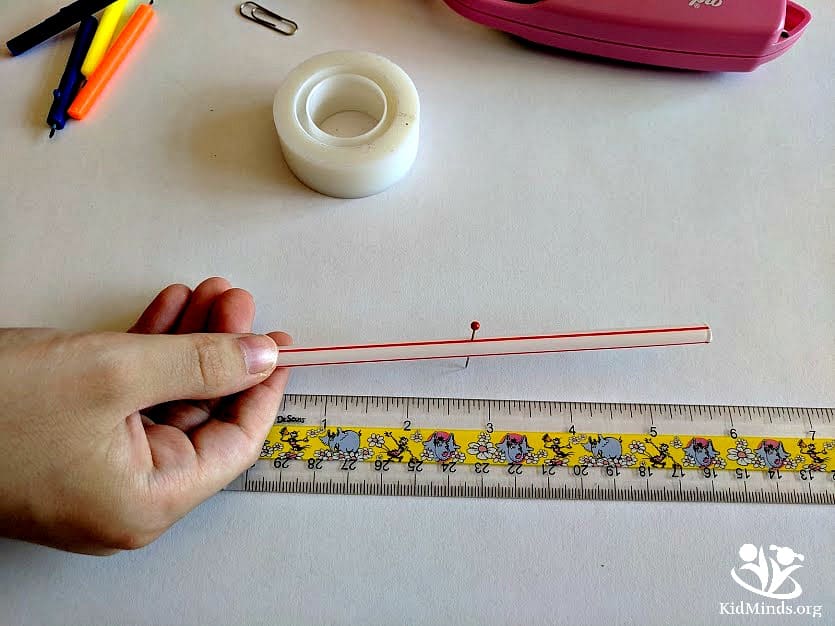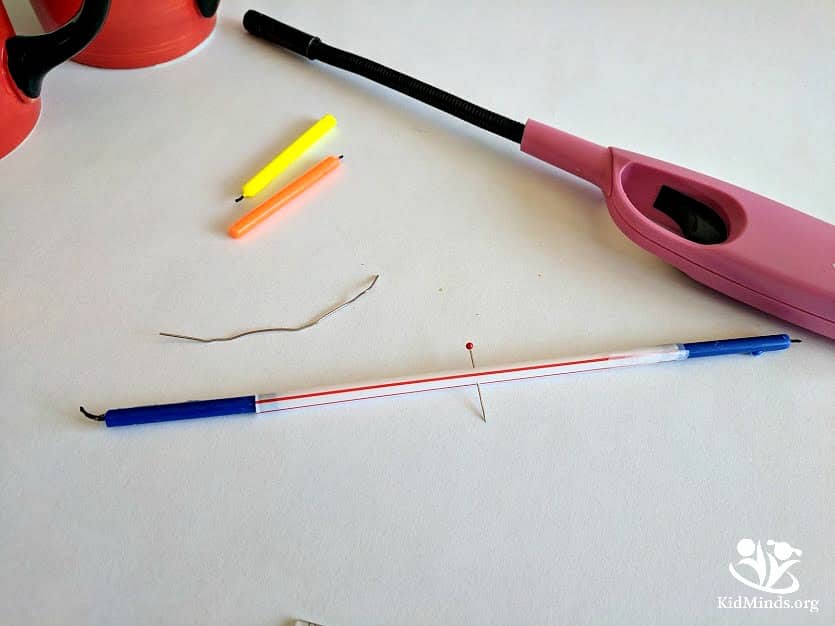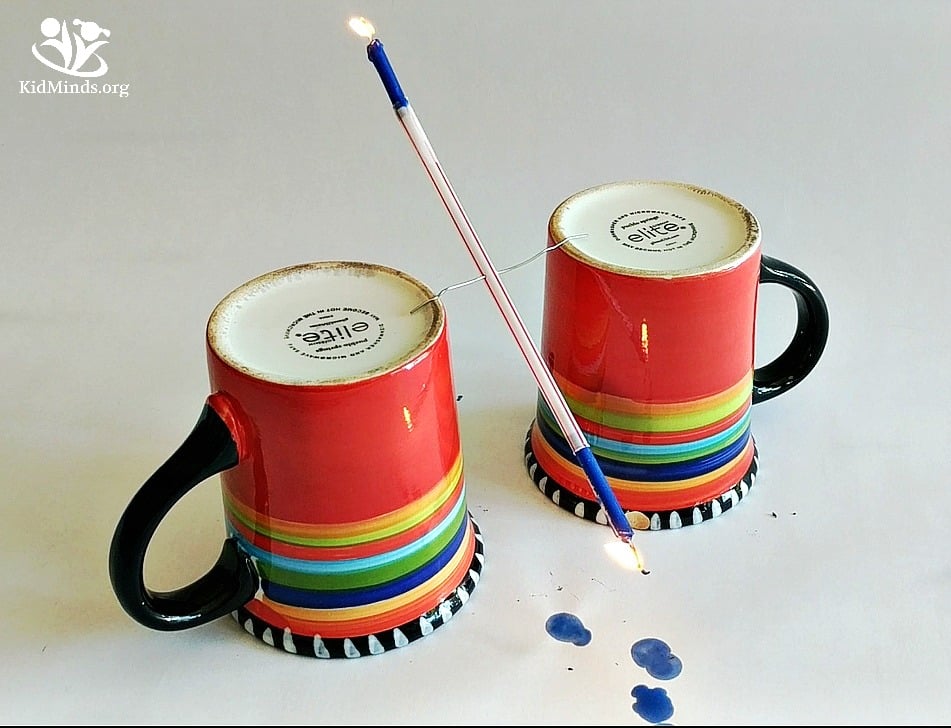Do you have some extra cake candles from the last birthday celebration sitting in your kitchen drawer? Then try this Birthday Cake Candle Science Experiment to impress your kids and learn some science along the way.
My friend, a master student in physics, suggested this experiment for us when I complained about all the birthday cake candles in my house. Some of them are brand new but come from different sets, and, of course, nobody wants mismatched candles on a birthday cake. And other candles are half burned, but my kids want to hold on to them “just in case.”
This Birthday Cake Candle Experiment sounded too cool not to be tried. With just a few things we already had around the house, we turned our dining table into a science lab complete with fire and high excitement.
I made the mistake of telling my kids that I had a new science experiment for them that involves birthday candles AND fire on the morning of the day when I couldn’t do it. I spent the next 24 hours fighting off the, “Can you do it now? What’s the experiment? What about now? Can you do it now?” I could understand their excitement. Candles have always had a fascination for me too.
Birthday Cake Candle Experiment
What you need
Two birthday candles (the standard kind, not the sparkling ones)
A drinking straw (if it’s a bendy straw, cut off the bend)
Tape
A needle or a pin
A paperclip or a toothpick
Two supports of equal height (we used tea mugs)
A ruler to find a center (optional)
Matches or a lighter
What to do
1. Find the center of a drinking straw and push a pin (or needle) through it.
2. Insert candles into both sides of the straw. As you can see in the pic below, most of the candles are sticking out. If they feel wiggly, tape them in place. Ours had one wiggly side.
3. Pull the pin (or needle) out of the straw and insert a straightened paperclip through the hole. Balance the straw between the two supports. Don’t bend the paperclip ends down, or it will interfere with the motion.
4. Light the candles. One at a time! Don’t try to light them at the same time.
Note: the candles will drip, so set the whole design on a heat-resistant surface (e.g., heat-resistant cutting board, cookie sheet, foil, or hot plate. And keep a glass of water nearby for fire safety).
Ask the kids
Which side is heavier?
Why is the lighter side higher?
What would change if we set up the experiment with candles of different sizes?
Watch our video!
Isn’t it interesting? As my five-year-old put it after watching the candles go up and down for a bit, “Why are they doing it?” And my seven-year-old exclaimed, “It’s seesaw!”
The science behind this experiment
Does your playground have a seesaw? Then your kids have already had their first introduction to physics.
Seesaws are simple machines that are quite fascinating if you think about it. They allow a preschooler to lift your second grader in the air without breaking a sweat.
Playground seesaws employ the same principle as your fingernail clippers, construction site cranes, wine bottle opener, and this birthday cake candle experiment.
A seesaw is a lever. The word “lever” comes from the Latin word for “lift.” When we just set up our experiment, the candles were on the same level because both sides were about the same. But once we light the first candle and it starts melting down, it becomes lighter, and, as a result, it rises. When the second candle begins to burn, it loses mass and rises.
Both candles take turns falling and rising as the wax melts.
Do you want a bit more science? We can also learn about Newton’s Third Law of Motion. For every action, there is an equal and opposite reaction that acts with the same momentum but opposite velocity. In our experiment, the action starts with the melting of the candle wax. It is the force of the dripping wax that creates the opposite reaction—the dripping wax actually pushes the candle up.
Related
Do you want more of Newton’s laws in action? Check out
The Physics of Twisting for Kids: Newton’s 3rd Law of Motion
Looking for more experiments with fire? Try








hey were you on a movie or a show because I recongnize you
Thank you for a helpful story explaining how to do this experiment.